Sometimes you get your hands on a piece of gear so unusual that you’re not quite sure where it belongs in your kit. This is definitely the case with the Spyderco Genzow HatchetHawk, a three-way collaboration between Spyderco, German outdoor personality Martin Genzow, and legendary American axe-maker Council Tool.
The HatchetHawk is supposed to be a kind of do-it-all bushcraft implement — you can choke up on it and use it as a knife, swing it for light chopping and splitting chores, and hammer with the hammer poll. Given its wide range of uses, there’s a lot going on here with the design of this tool — every last detail has been fussed over, and it shows.
In this review, I’ll take a close look at the HatchetHawk as a tool in its own right, before finishing off with some field testing that compares it to the popular (and similarly street-priced) Gransfors Bruks Wildlife Hatchet.
Note: Spyderco gave us this hawk for review. As always, The Prepared Promise guarantees that we never let the origin of a piece of gear impact our review.
The bottom line: As wonderful and interesting as this design is, and as much as we wanted to love it, we think preppers are far better served with a more traditional, wooden-handled hatchet in the “main chopper” role. The HatchetHawk is unforgiving when you don’t strike a precise chopping blow, so if you don’t know what you’re doing with it you’ll get frustrated and tire quickly. This is a specialized tool for experienced bushcrafters, so it’s not suitable for most of us.
Specs:
- Overall length: 16 inches
- Head length: 6.14 inches
- Edge: 2.76 inches, flat ground
- Steel: 5160 tool steel
- Handle: Polypropylene and aluminum
- Sheath: Leather
- Weight: 1lb 9oz
- MSRP: $270.00
- Street price: $190.00
The head
Though this is a Spyderco/Genzow collaboration, the head is made by Council Tool in Waccamaw, North Carolina. Axe junkies and readers of our axe review will be familiar with the Council Tool name, as they’re widely regarded as the American equivalent to Gransfors Bruks. So Spyderco couldn’t have picked a better manufacturing partner.
Council Tool uses the same high-carbon 5160 steel axe head on this hawk as they do for premium Velvicut axe line, and it’s a great choice. 5160 is very tough, but also relatively easy to sharpen. It will rust and corrode, though, so you do have to take some care with it around moisture and the elements.
The edge of the hawk is flat ground, and the bit (i.e. the “blade” behind the edge) is relatively thin. The thinness of the edge is necessary to make up for the head’s lack of mass, so that despite the tool’s low weight you can still bite deep enough into the wood. The thin edge is one of those places in the design where toughness of a modern high-carbon tool steel gives the ability to design in a way that more traditional materials wouldn’t permit — if you put a bit this thin on a softer or less capable steel, you’d risk failure.
The hammer poll is sculpted to minimize weight and to give extra comfort when the hawk is held in a choked-up manner.
The face of the hammer is very subtly convexed, which I imagine is done to minimize the odds that you’ll bend a stake if you strike it at an off angle.
I don’t know if the hammer poll is differentially hardened — i.e. the poll is harder than the cutting edge, a feature of some hatches that are also meant to be hammered with. I doubt Council Tool did anything exotic like hardening the poll and internal eye wall, because 5160 doesn’t really need this kind of extra hardening to stand up to hammering without deformation the way more traditional axe steels do.
The edges and corners of the head are angled and smoothed so that they’re not sharp — they’re not exactly chamfered, but the effect is the same. This makes for extra comfort in some scenarios, but it also makes it harder to find a surface to use for striking a ferro rod. I was able to throw a spark from the top of the hatchet, though I’d not want use it for this unless I had no other option.
Finally, the axe head features the signature Spyderco hole. As with many Spyderco collaborations, the hole serves no functional purpose other than branding. I definitely cannot imaging a practical use for it in this product, but of course it doesn’t detract, either.
The handle
The hawk’s head is permanently affixed to a polypropylene handle and aluminum handle — there’s an aluminum rod at the core of the handle that gives it some rigidity, and the polyprop is molded around it.
This design is comfortable in the hand, durable, and keeps weight down. But there are some real downsides to this synthetic design vs. the traditional wood, one of which is lack of replaceability. If you do manage to bust this handle, re-hanging the head on a wooden replacement is going to be really tough, and not something you’d do in the field.
I’m sure the handle is extremely tough, but synthetic axe handles do break — especially if you abuse one when it’s really cold out. Handle replaceability is one of the main things a traditional wood-handled hawk or hatchet has going for it, as it doesn’t take a ton of skill to carve a workable replacement handle.
The end of the handle has a traditional “fawn’s foot” design, so that you can choke all the way down on it for maximum leverage without worrying about it slipping from your grasp.
The way the handle is curved is fairly traditional, and it makes it easier to use in multiple positions. If you hold at the bottom, the curve gives you a comfortable place to rest your hand (i.e. the “throat”) so that the handle swells gently into your palm. As you choke up on the handle for precision work, the curve reverses (i.e. the “belly”) and brings your knuckles closer to the working edge, giving you more control.
The bottom of the handle features a lanyard hole; this hole goes through the aluminum rod at the core, and you can see the exposed metal inside.
Sheath
The sheath on the Genzow is a true work of art — thick, rich leather, stitched evenly and cleanly. There’s a belt loop on the back, and two large grommets at the top of the sheath for lashing it to a pack.
My main problem with this sheath, though, is the size and overall bulk. I’m partial to slipping a hatchet inside my belt or under a strap on my pack, rather than hanging it directly on the belt or lashing it to the pack. This configuration makes for easy deployment, but more importantly I can move the tool around as I change positions so that it stays out of the way.
As great as the Gezow’s sheath is, it just doesn’t lend itself to the way I carry a hatchet. So I ended up making my own lightweight mask out of leather.
I made a small loop on the bottom beneath the beard, which I slipped a bit of UST Paratinder paracord through. I then finished it off with a Bayite toggle made of ferrocerium that can be used as a firesteel. So with just that bit of paracord, the toggle, and the hatchet, I have a complete fire kit.
I then loop the paracord through my belt, so that when I deploy the hatchet and unsnap it, I can let it fall and hang there until I’m ready to re-mask it.
This setup works really well, and is far less bulky and more flexible than the stock sheath.
Again, the stock sheath is gorgeous, and in terms of craftsmanship it’s far superior to my little amateur mask. But everyone has to do what works for them, and the mask works for me better than a belt sheath.
Field testing and use
I’ve been using this little hawk on and off around the property for almost a year, mostly for small, family camping type chores. (We’re on 17 acres, with a creek and some woods, and my kids like to camp here.) I also took the hawk out for a field test alongside the Gransfors Bruks Wildlife Hatchet, the latter being an iconic Swedish design that’s popular with bushcrafters and is in about the same street price range as the HatchetHawk.
I’ll go ahead and give away the ending, here: as much as I want to love the Genzow — in terms of design and materials it tweaks all my blade nerd knobs — I’m disappointed to report that I pretty strongly prefer the Wildlife Hatchet to it in real-world use. And when I say I was “disappointed,” I spent an afternoon cutting, stitching, and dying a custom mask for this thing — that’s how committed I was to it!
The problem I had with the HatchetHawk was twofold:
- The HatchetHawk’s synthetic handle transmits significantly more shock to the hand than the GB’s wooden handle, so that it fatigued me much faster.
- The HatchetHawk’s thin, light head and flat grind means that nailing the precise angle of attack is critical to biting deeply into the wood. There isn’t nearly as much margin for a non-expert, normie prepper to make errors with the Sypderco as there is with the Gransfors Bruks.
I imagine if you’re Martin Genzow, or some equivalent expert at axecraft, you’d get far better results with the HatchetHawk than I was able to get. I noticed that when I was able to swing it just right, it bit deeply into the wood without bouncing off and rattling my palm and wrist. But these lucky strikes were few and far between, for me. I’m just not good enough with a hatchet to really make this tool work.
The Wildlife Hatchet, in contrast, transmitted very little shock to my hands on the many off blows I struck with it. The wood handle flexed and absorbed the shock, and it was quite comfortable to keep whacking at the limb until I made good progress.
It’s also the case that there’s a bit of a negative feedback loop with the HatchetHawk, in that the more strikes you miss, the more tired you get from the shock; and the more tired you get, the more you miss. This dynamic meant that I tended to run out of gas very, very quickly.
The hawk works a lot better when you’re doing lighter, more craft-oriented chopping chores. Sharpening a stake, skinning branch or log, making notches and grooves for shelter building or firecraft — that’s the kind of small hatchet work the hawk can handle well enough. But again, I found the Wildlife Hatchet easier to work with, despite the latter’s convex edge that makes it less suited for carving.
The issue, as you can see from the pictures below, is that I can choke up a lot further on the Wildlife Hatchet, placing my palm on the poll directly behind the working edge and pushing straight forward to shave and carve. With the HatchetHawk, you can only get up so high before hammer stops you, so there is always some torque on your wrist.
Conclusions
If you’re a master of axecraft, or even a moderately good hatchet user, then the Spyderco Genzow HatchetHawk’s combination of materials, design, and pedigree make it worth a serious look.
But for ordinary preppers, the vast majority of whom are even less experienced than I am with a hatchet, I cannot recommend it. For the same amount of money, you’re better off with a premium, wood-handled hatchet from Gransfors Bruks, Hults Bruk, Council Tool, Helko, or a similar top-tier maker. You’ll have an easier, more productive time with a traditional design, and when the handle inevitably breaks you can whittle a workable replacement with a little patience and elbow grease.
So as gorgeous as the total HatchetHawk package is, and as much as I wanted to love it, it’s just too specialized to find a place in the average prepper’s toolbox.

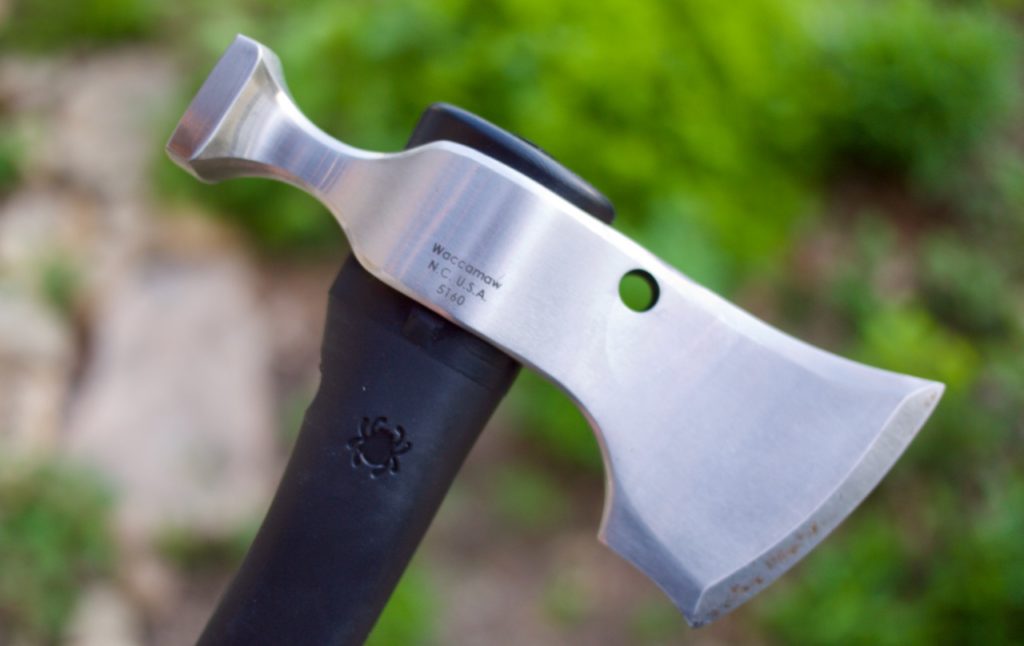
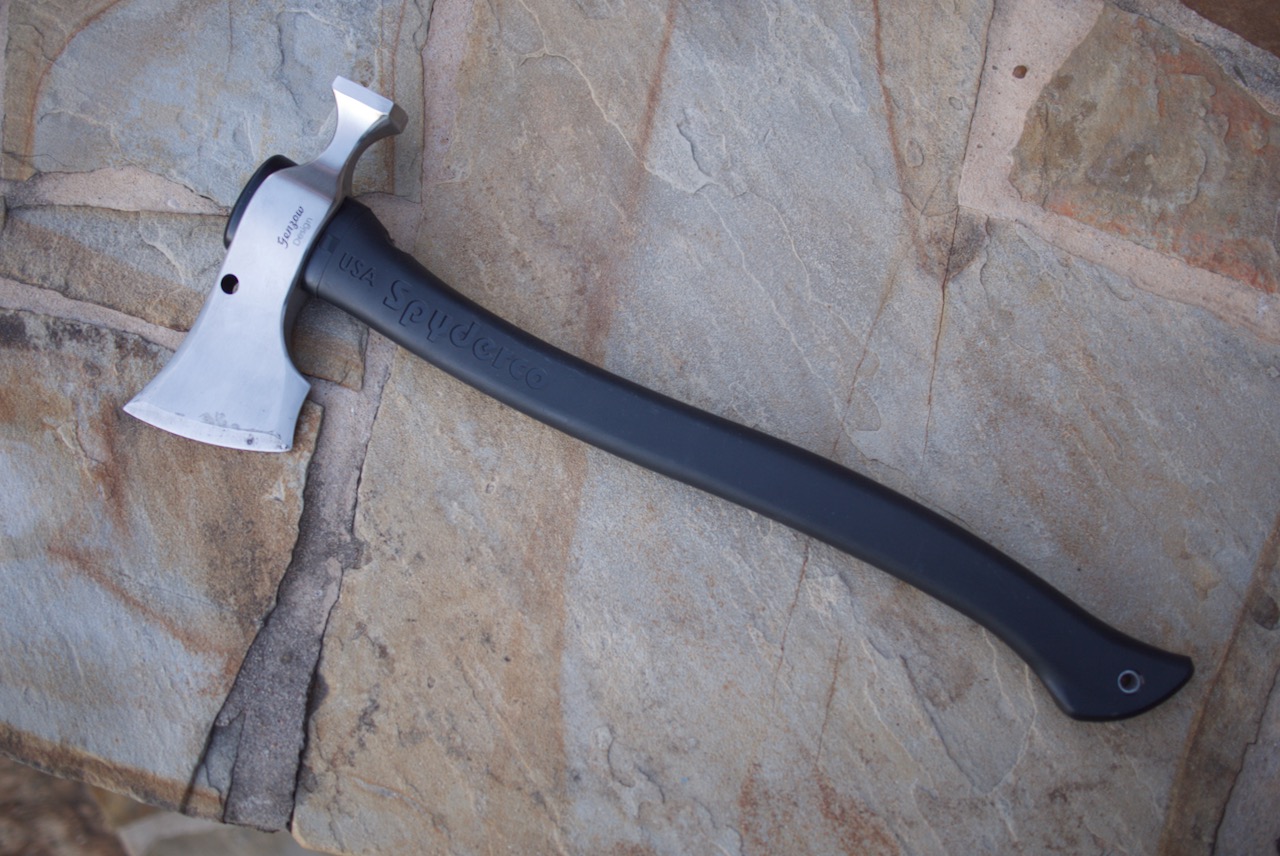
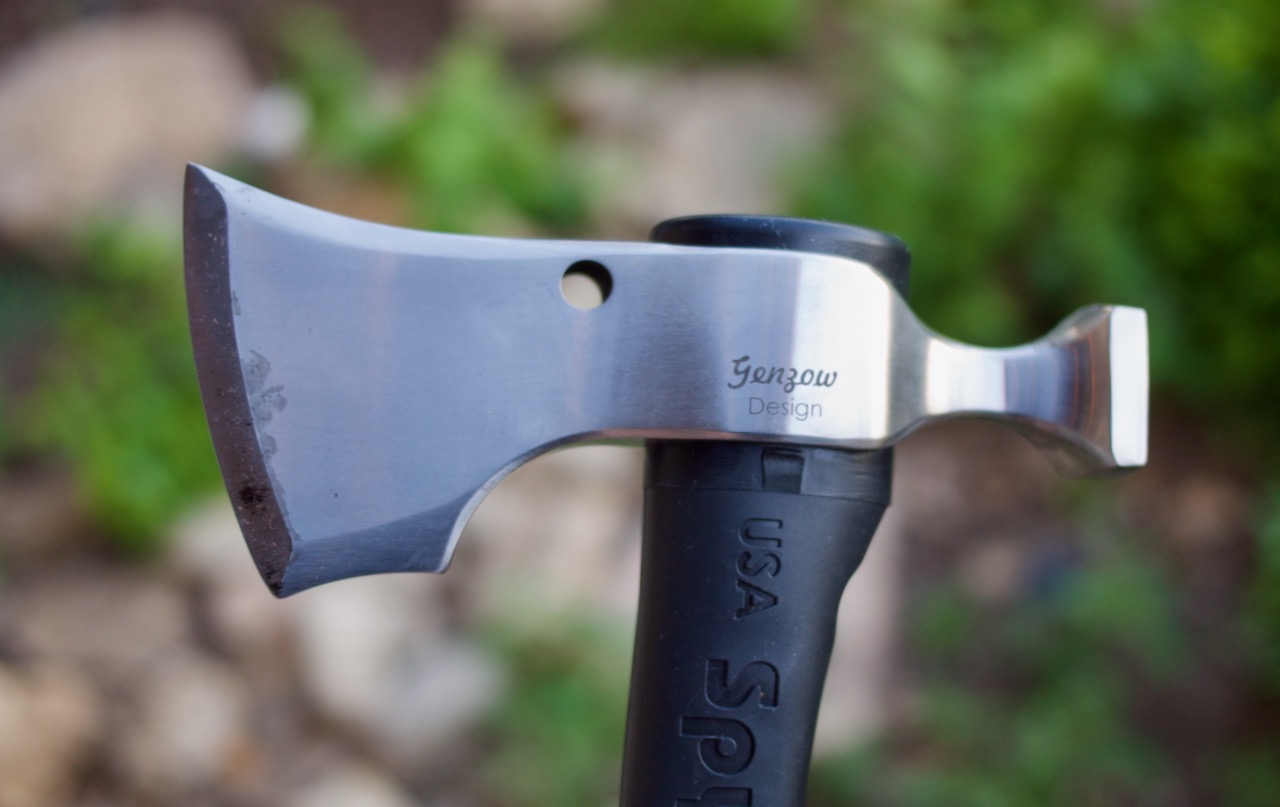
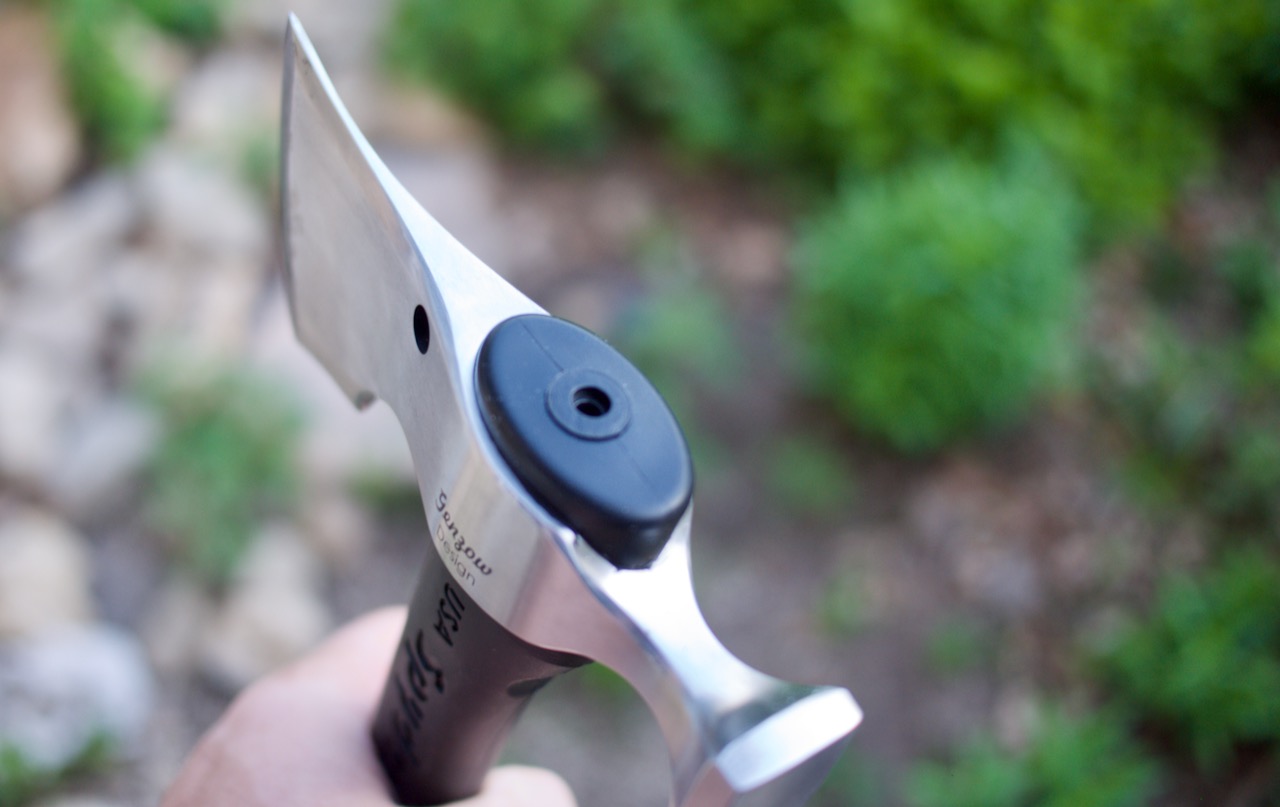
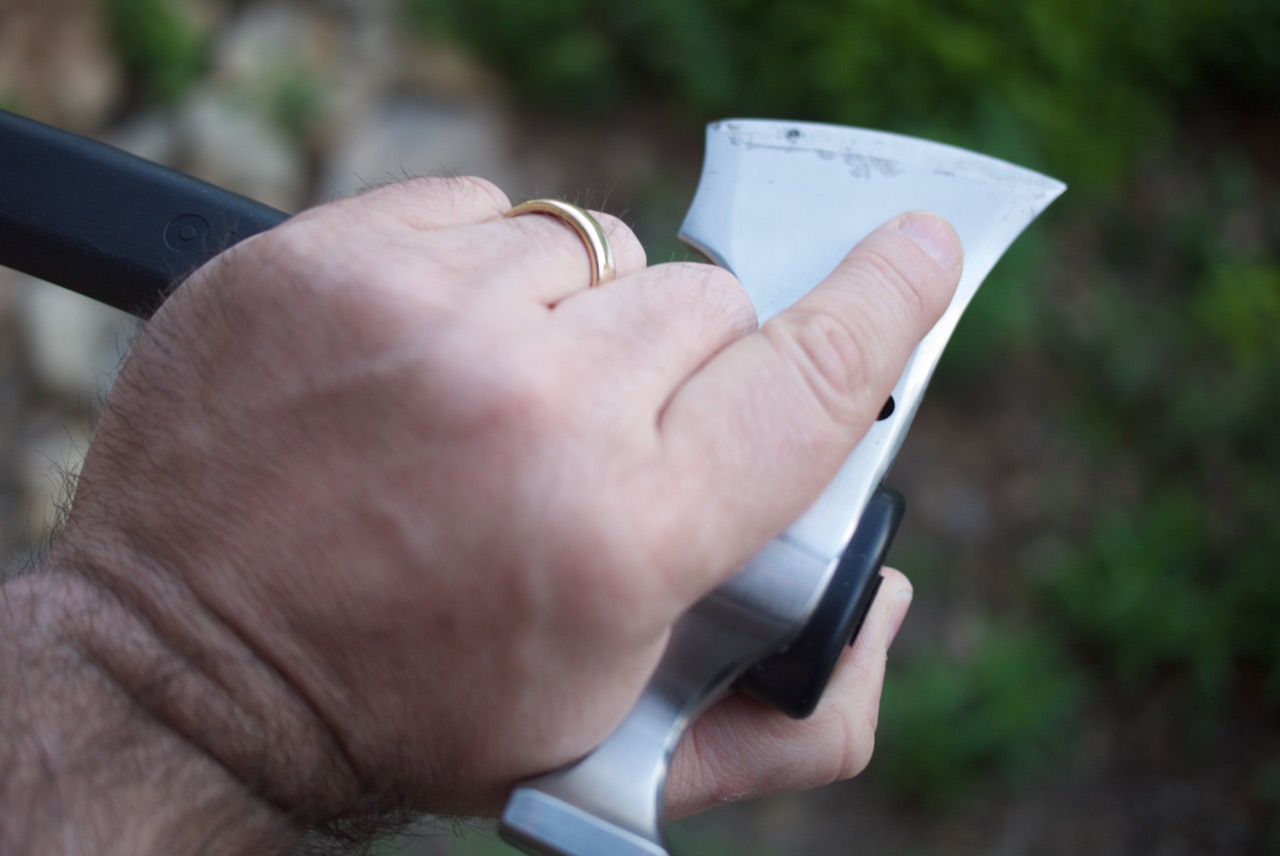
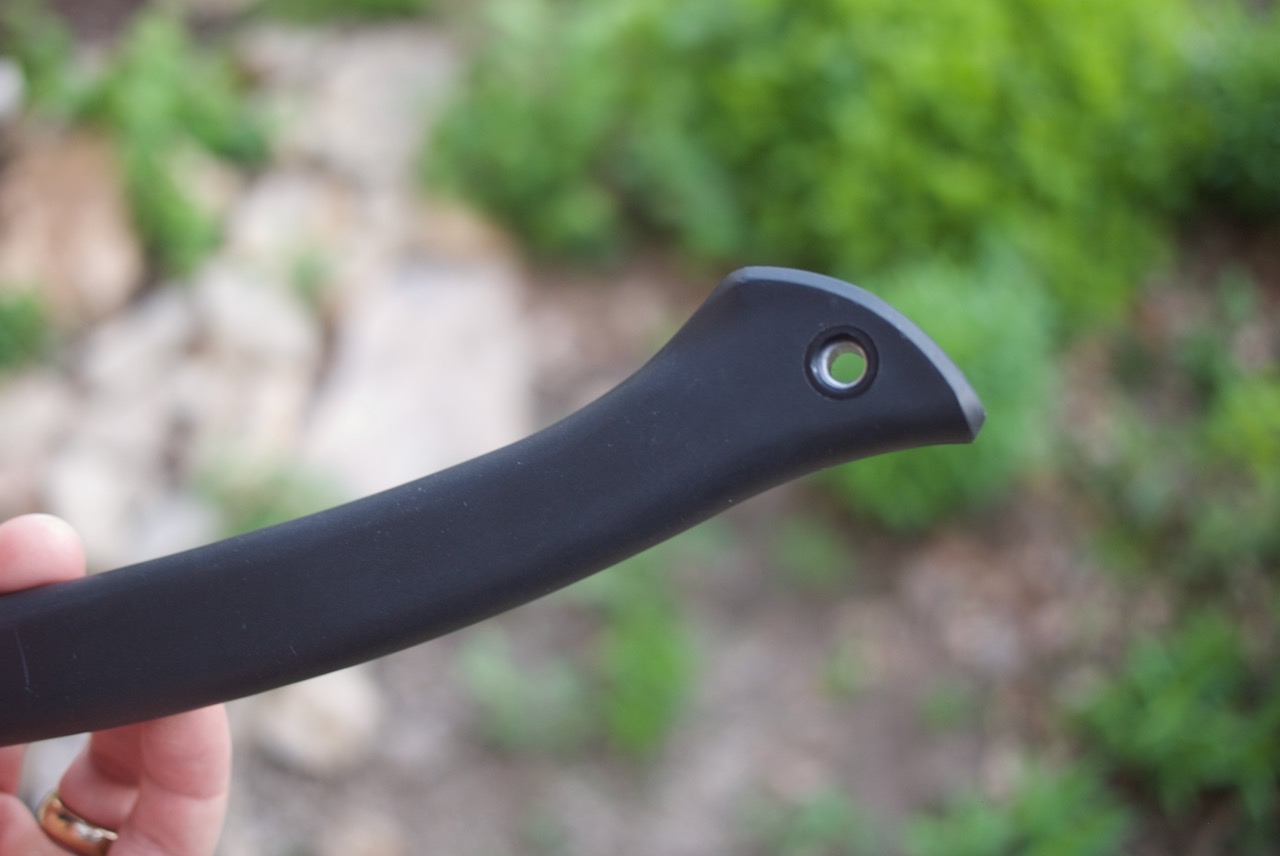
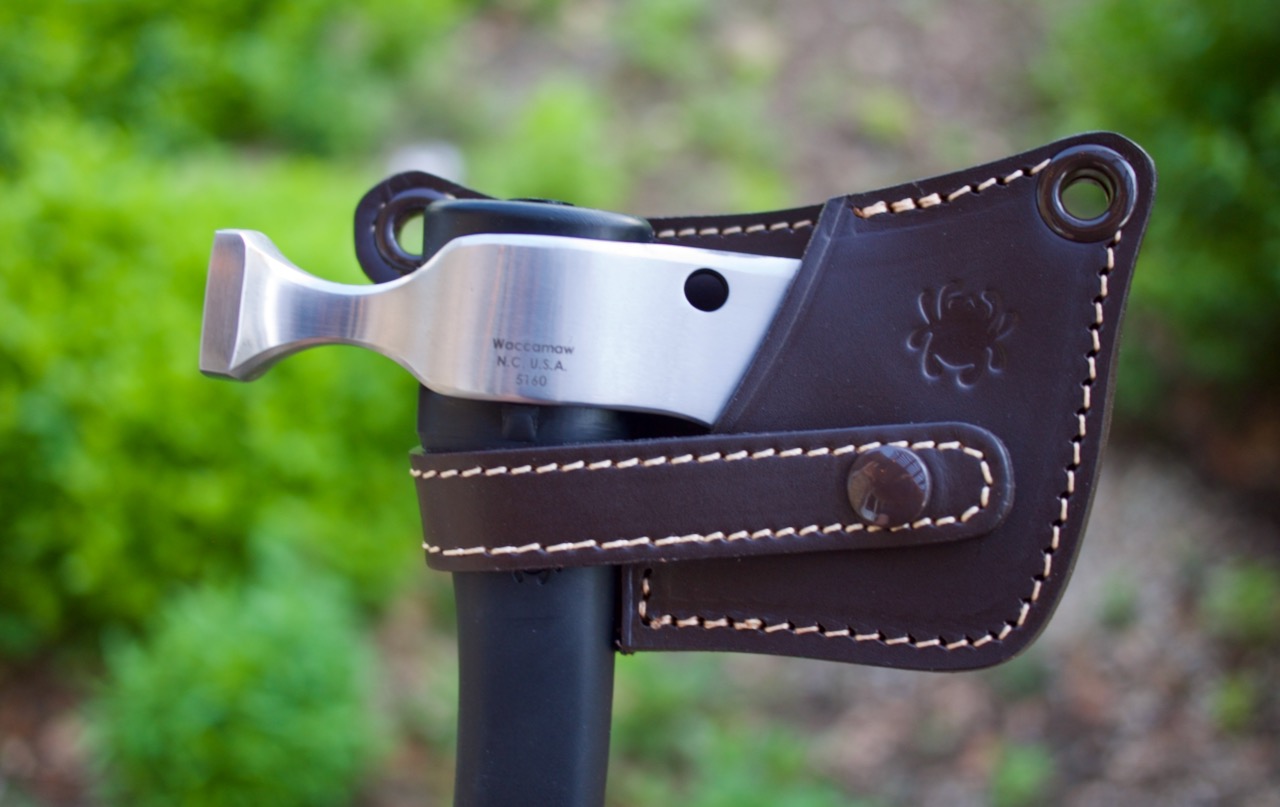
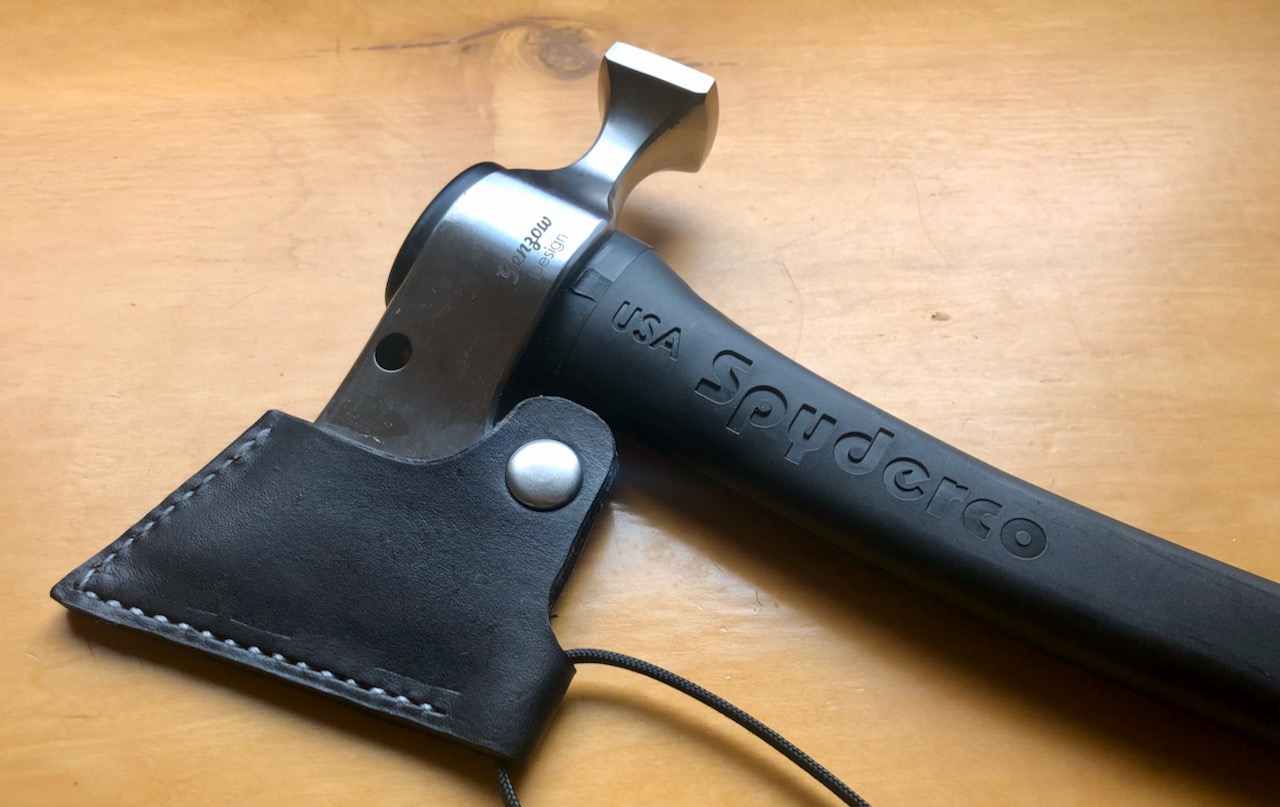
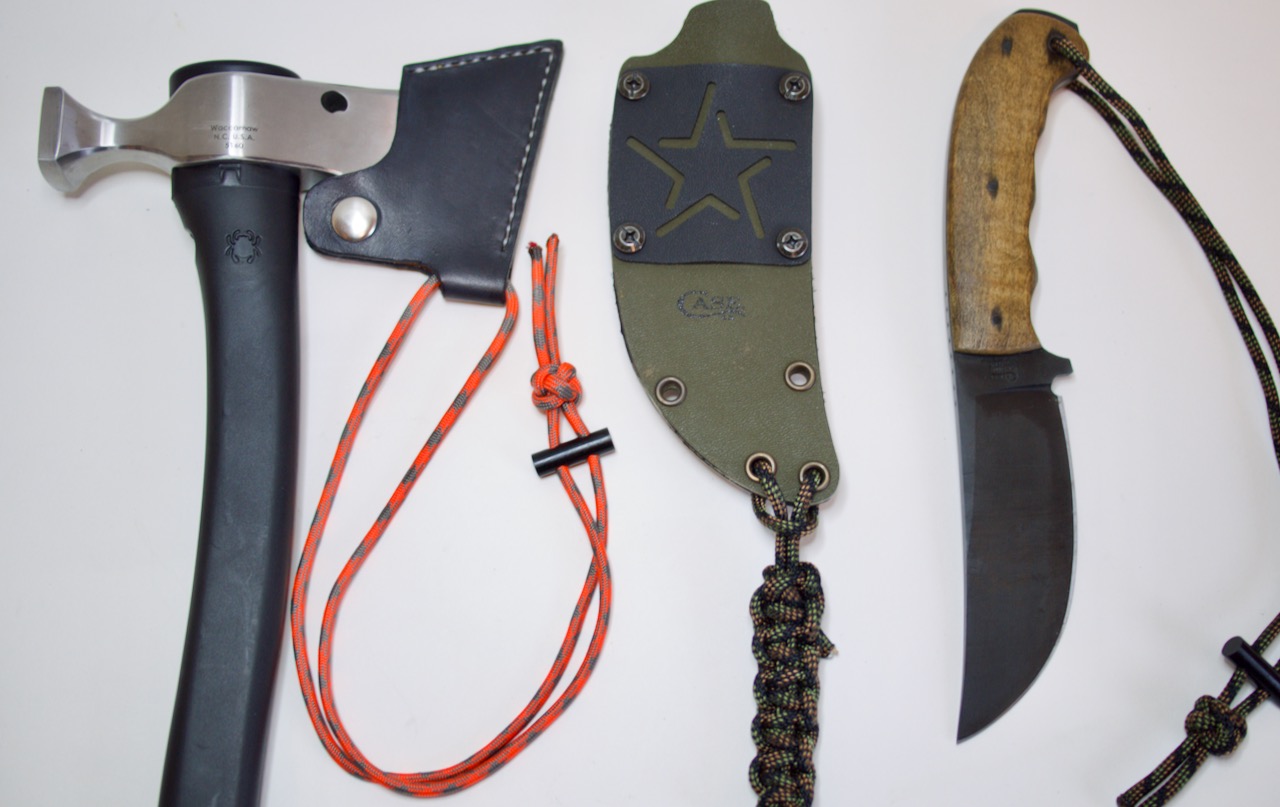
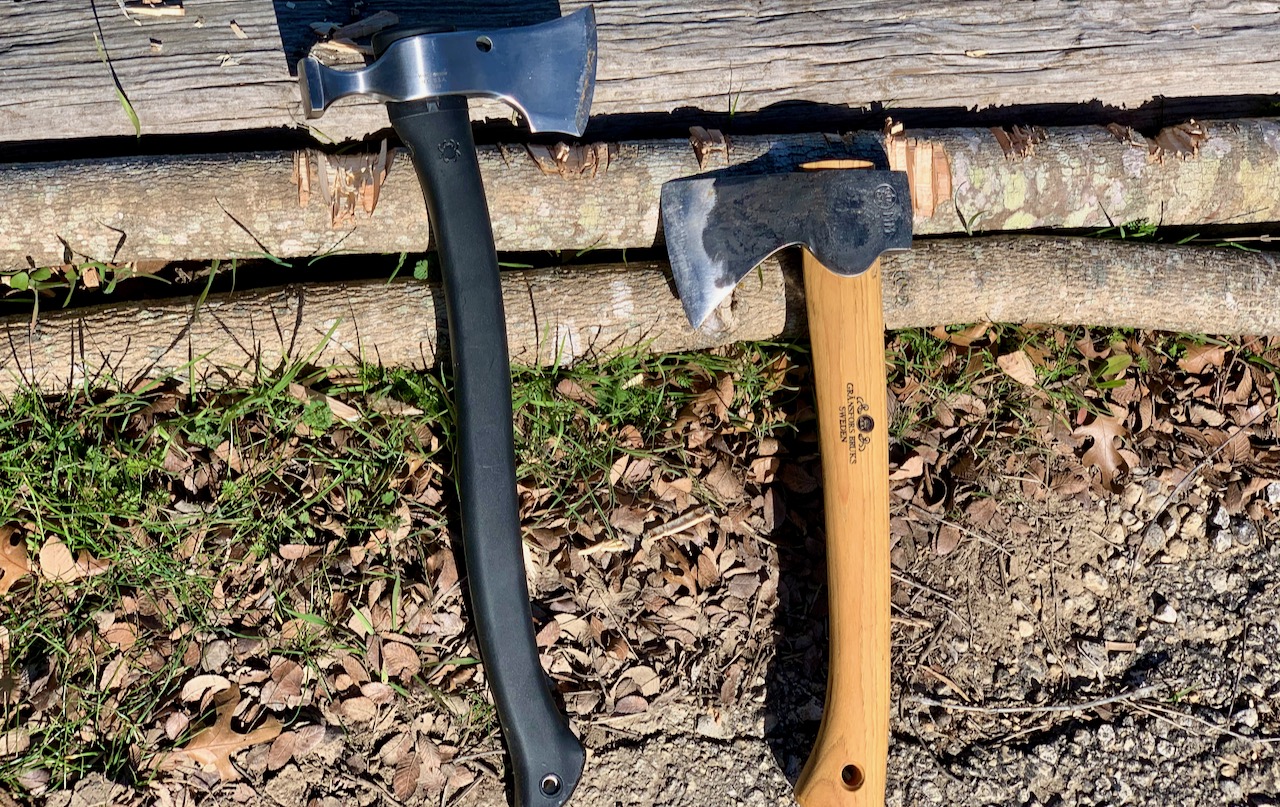
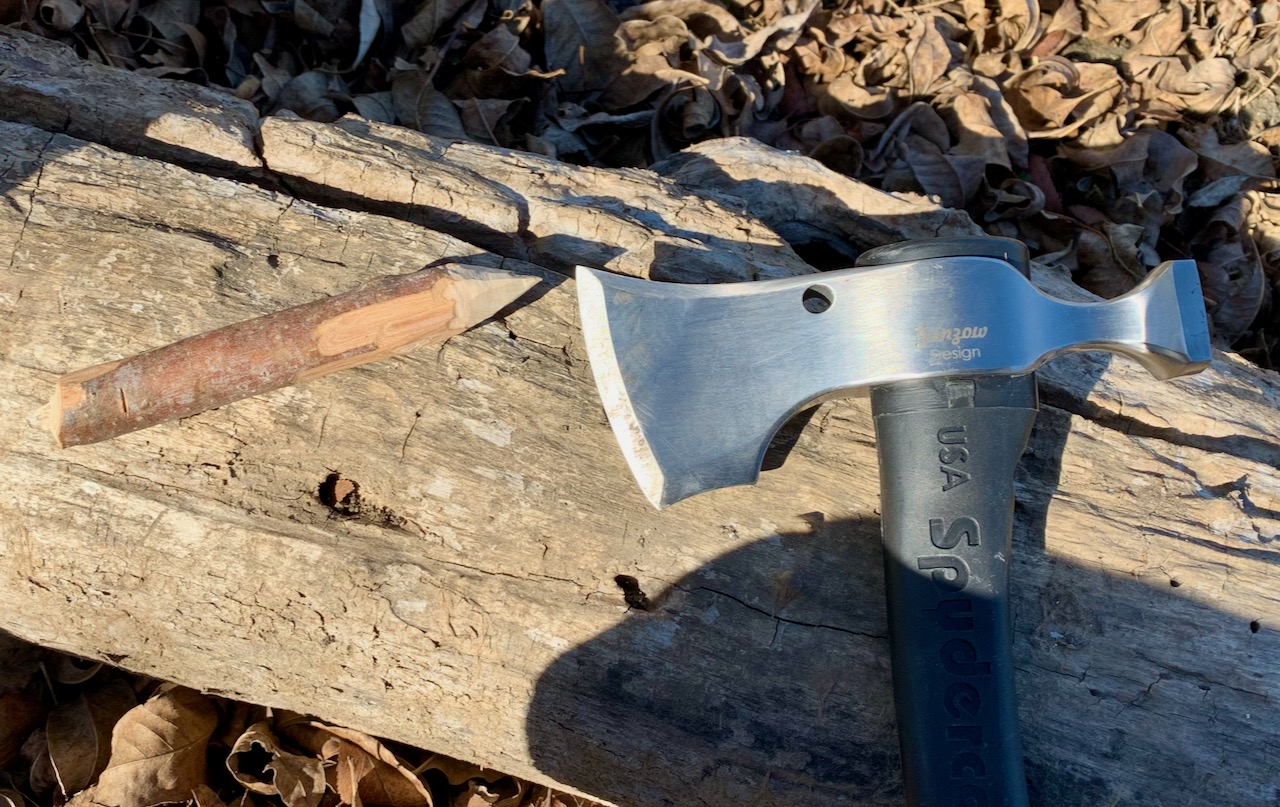
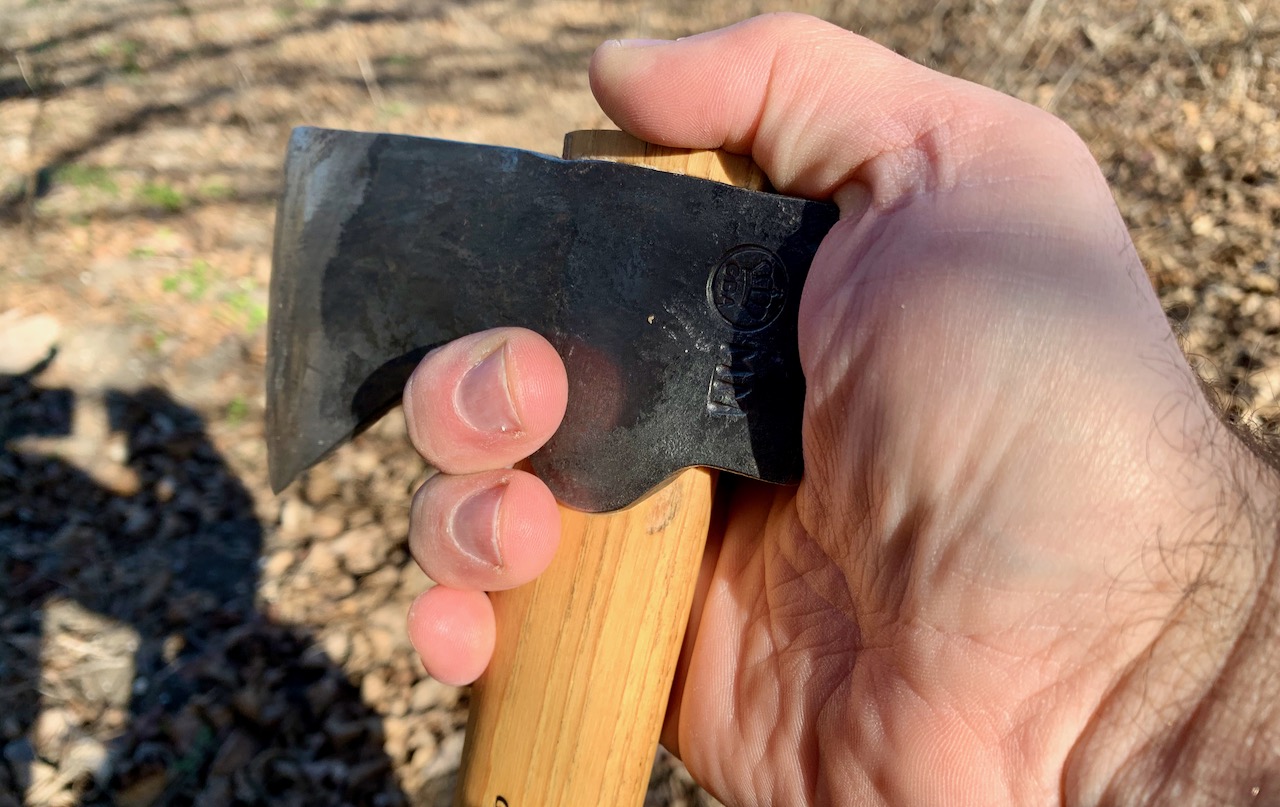
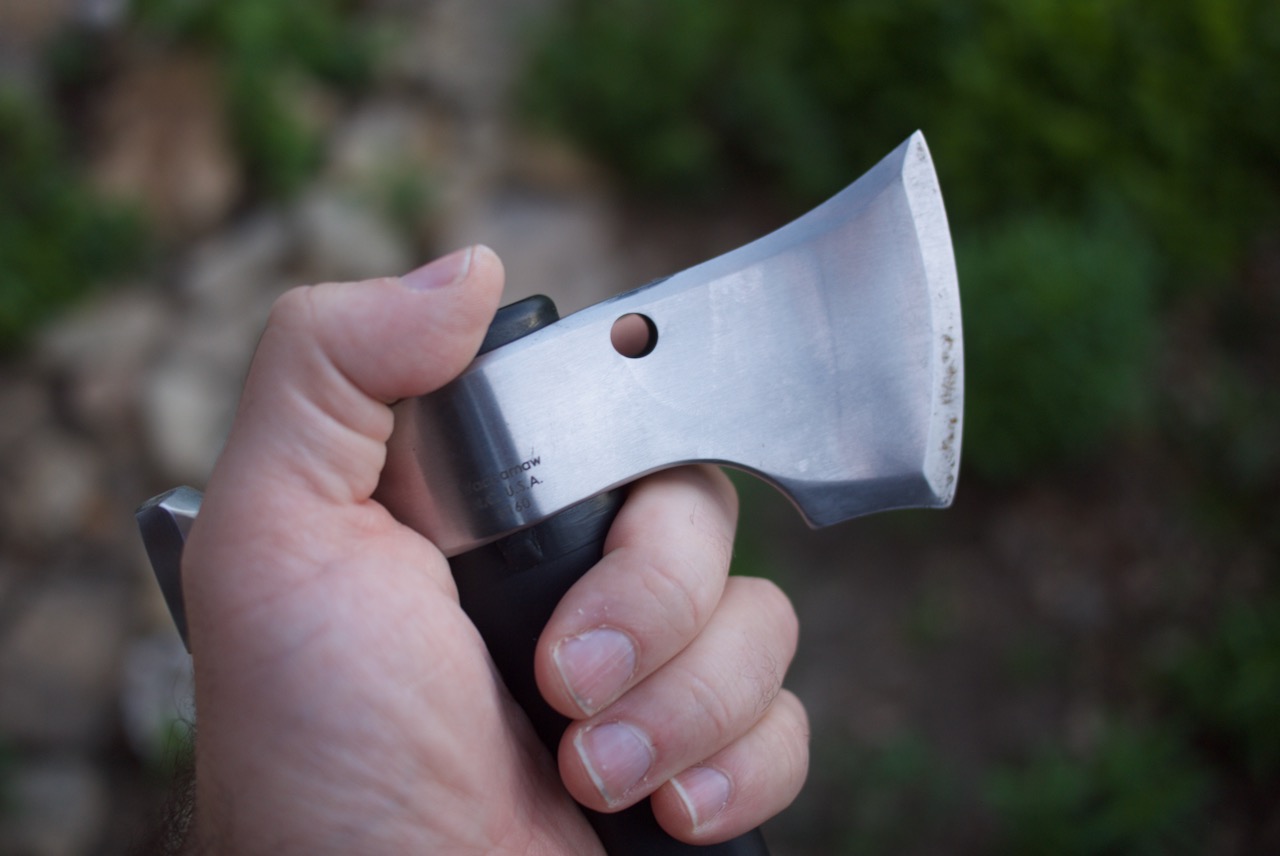
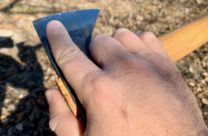
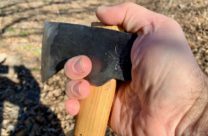
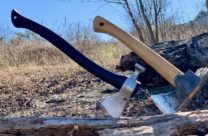
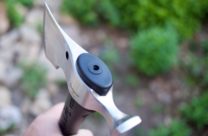

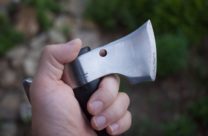
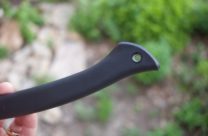
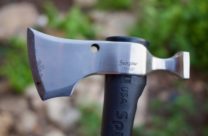
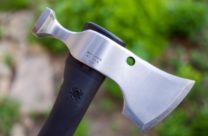
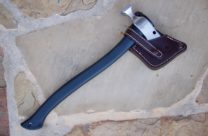
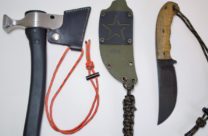
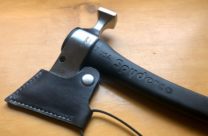
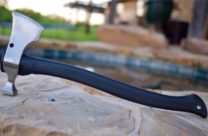
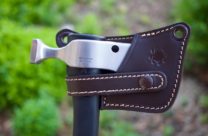
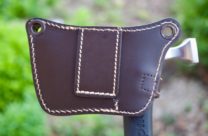
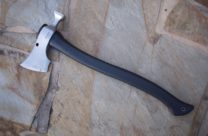
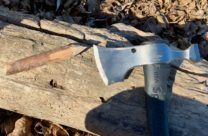
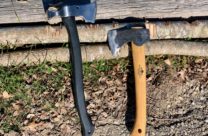
You are reporting the comment """ by on